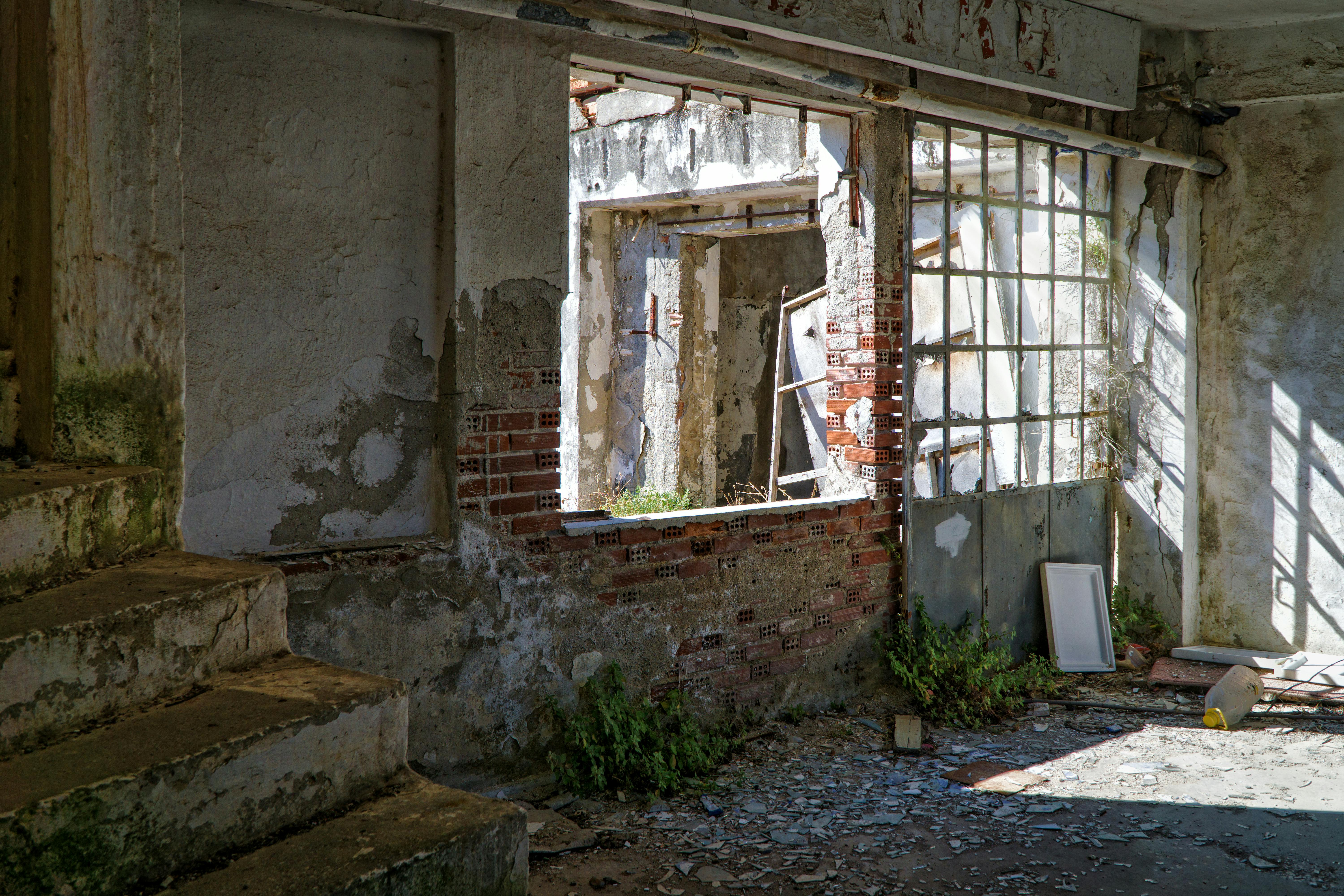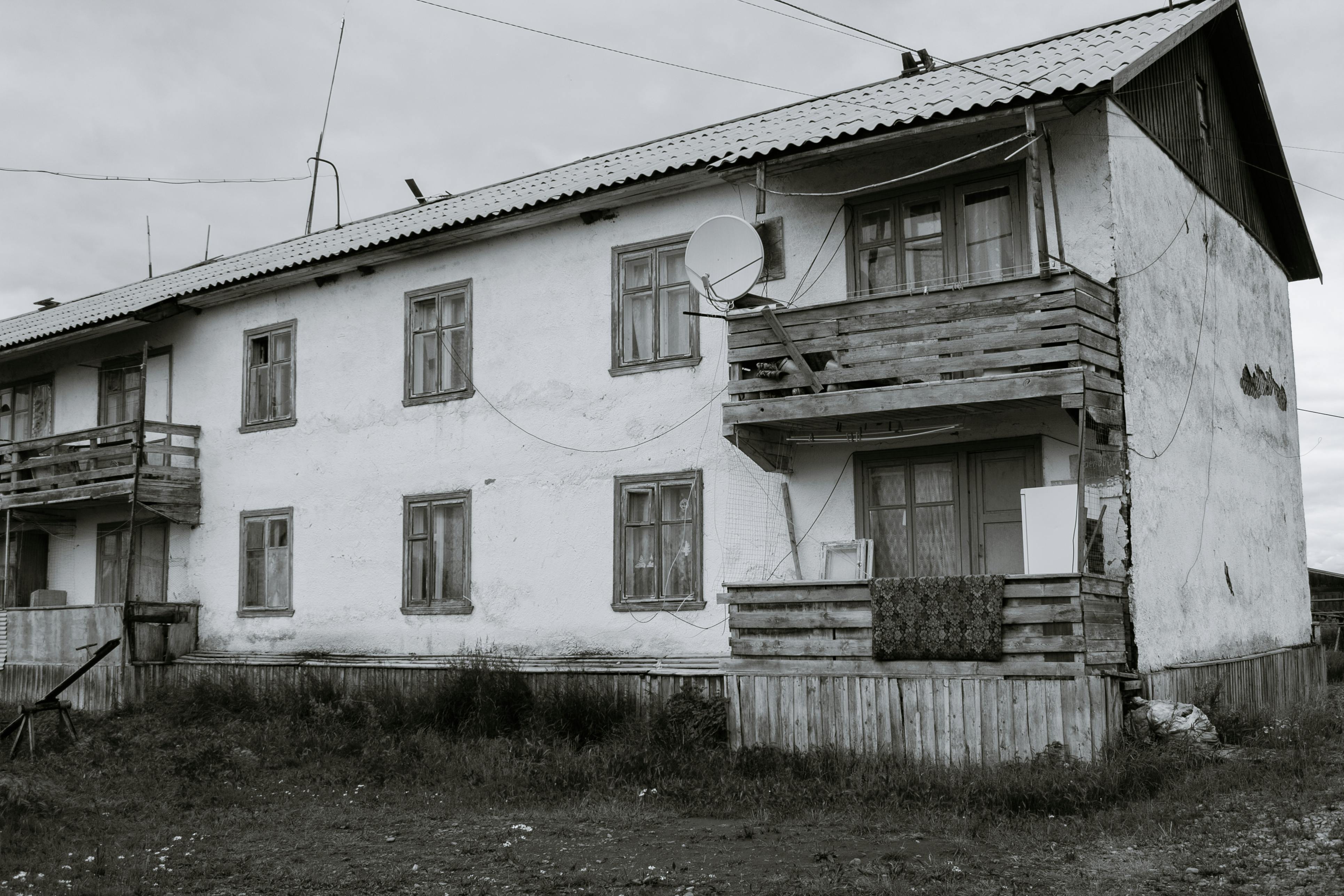When I meet new clients and friends every day, I commonly hear the same questions “What is a BCIN?” “When is a BCIN required?” etc. The following is clarification to the public on some important questions about choosing a company to provide you with plans. Please note that this information applies only to the province of Ontario.
What is a BCIN?
A BCIN stands for ‘Building Code Identification Number’. This number is assigned by the Ministry of Municipal Affairs and Housing, to selected applicants who have completed the requirements outlined in Section 3.2 of Division C of the Ontario Building Code. There are two different types of BCIN numbers, individuals and companies. People are people who have completed the exams and received a BCIN from the TAC; however, they do NOT have insurance. As a result, this limits the types of projects that the person can undertake. On the other hand, company BCINs MUST have valid liability insurance and, depending on the number of design fees a company charges in a year, will determine the required amount of insurance coverage they must have. Insurance is expensive but it’s there to protect you, so avoid working with companies that don’t have it. For most people, a home is their most important asset; Do you really want to get plans from someone without insurance?
How do I know if I choose a registered company?
The Ministry of Municipal Affairs and Housing maintains a database of all registered BCIN holders. Registration is available through a system called QUARTS. Once in the Public Registry, this system allows you to search by the name of the person, the name of the company or the BCIN #. Once you have found a company or individual, it will take you to a page with details about the company. List the company’s postal address and contact details. At the bottom it should also show the Registry as ‘Registered Designer’ and the Status as ‘Current’. If it appears as “expired or expired”, it means that they do not have valid insurance for that year or that they have been delayed in submitting the documentation.
Do I need an architect or engineer for my project?
Probably not! There have been massive changes to the system in recent years, opening the door to a new title; designers. Architects and engineers are NOT required for any project less than 600 m² (6,458 square feet) and less than 4 stories. For most small residential and commercial projects, you do NOT need an architect or engineer. However, and this is important, if the project involves severe structural modifications, the municipality may request an engineer to review the plans. On this note, there is a BCIN exam that will replace this requirement. If your design company is a registered company in the ‘Building Structures’ category, you can complete the plans.
When do I need a BCIN ‘stamp’ for my project?
Depending on the type of project, you may or may not need a BCIN number on your drawings. You do not need a BCIN number if the project is related to the construction of a house owned by the person producing the drawings or if it is related to a farm building of less than 3 stories. There are a few other cases, but these are probably the two most important. I often hear the owners ask for only the drawings to apply for the permit (no stamp). This is allowed, but as the owner you must be aware of the drawings (you are claiming to have produced them after all). It’s okay to admit to the municipality that you hired someone to draw them, but at the end of the day you will be responsible for making sure the drawings are code compliant. If the city has approved your building permit based on the drawings and you proceed to build your project based on the drawings only to later discover that there is a problem, you will be waiting to make the necessary adjustments to pass the inspection. Most companies will charge between $ 200 and $ 2000 for the use of your BCIN number on drawings. This may sound expensive, but it is the security blanket that will keep you safe and ensure your drawings are code compliant. I also personally apply for the permits and handle all the paperwork on my client’s behalf when I collect this fee; which most people prefer, as no one likes to queue for half a day to present documentation to the city.
Hope this helps clear up any questions you may have had regarding the requirements for someone to submit building permits for your project. I look forward to working with you, and if you have any questions, feel free to ask.



